Growing onions from onions is a simple and rewarding gardening project. With just a few basic materials and some patience, you can cultivate a bountiful crop of these versatile vegetables right in your backyard. Whether you’re an experienced gardener or a novice, this guide will help you successfully grow onions from existing bulbs.
Other Topics You Might Like
Helpful Products You Might Like
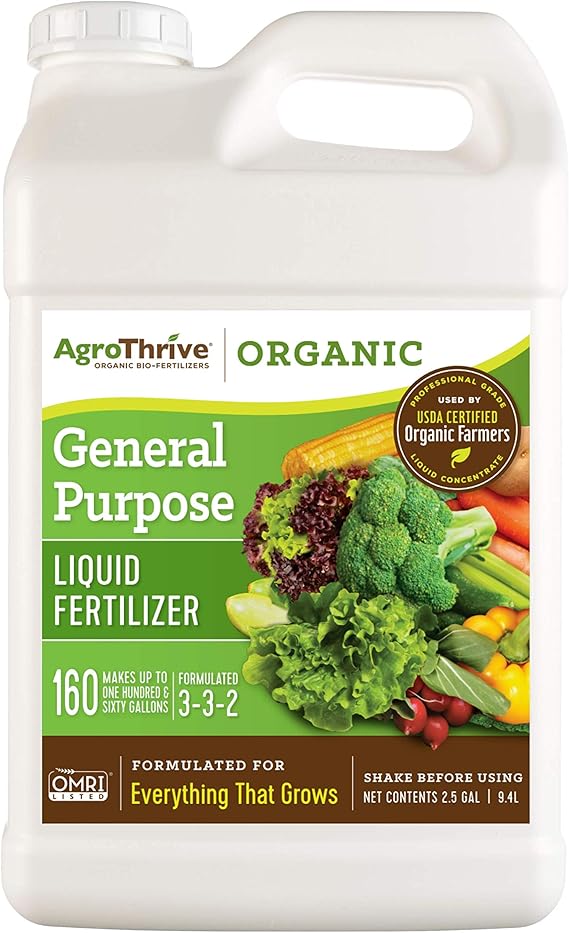
AgroThrive All Purpose Organic Liquid Fertilizer
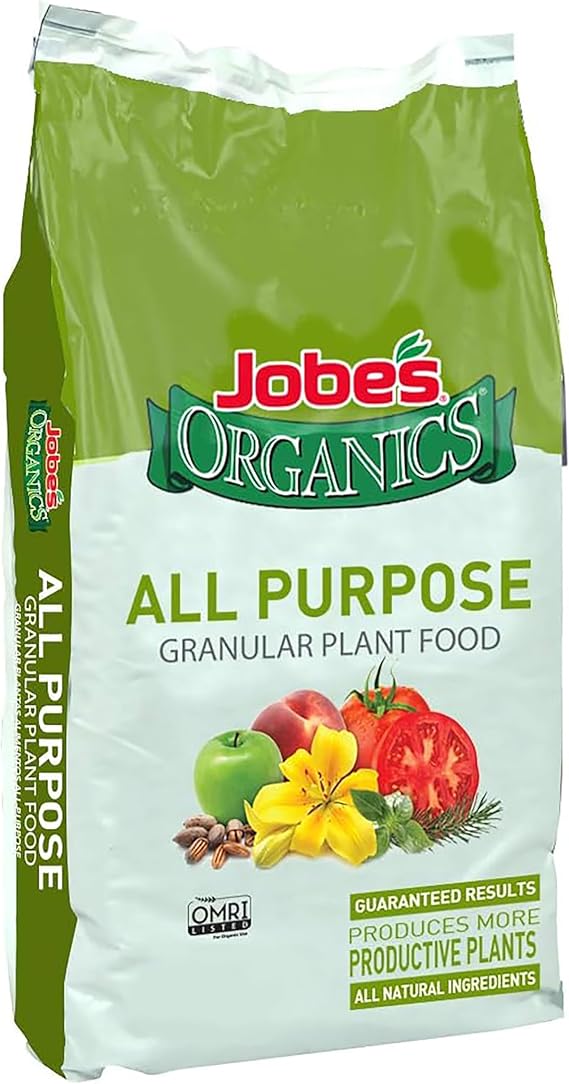
Jobe’s Organics Granular All Purpose Fertilizer
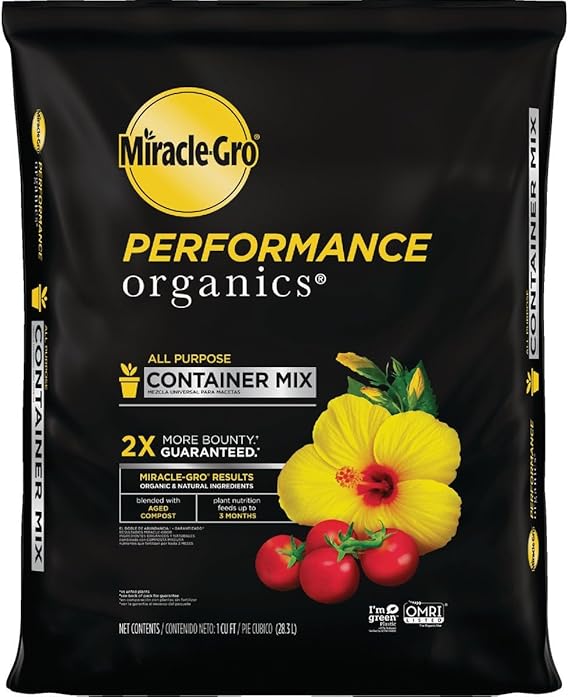
Miracle-Gro Performance Organics and Natural Plant Soil
"(Paid Links)" 
Learning About Different Onion Varieties
Prior to beginning, it should be understood that there are many ways of growing onions. These may include through seeds, sets, or bulbs, and cutting of bulbs would normally result in the use of onion sets which refer to underdeveloped onions which have the likelihood of growing into normal sized onions. Alternatively, you can grow new onions from the root end of an onion found at the kitchen. Here are the steps to achieve this.
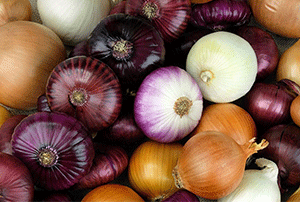
Step 1
Take one of the Onions Available
Choose the healthy onion, devoid of diseases. Onion bulbs should be firm and have no trace of rotting or mold. If you have leftover onions from your kitchen, you can use those, but it’s best to use ones that are still fresh and firm.
Step 2
Cut the Onions into Smaller Portions
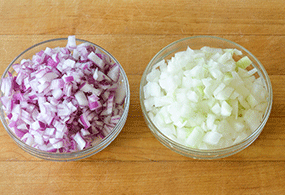
In the case where you are planting whole onions, make horizontal cuts on them such that you leave the root end of the onion still on the bulb. The root end of the onion also serves as a very important part of the onion in terms of growth through sprouting. In the event where there are kitchen scrap pieces available, the onion root end should be removed only, leaving behind a tip of onion.
Step 3
Select the Appropriate Soil
Onions do the best in soils that are well-drained, rich in nutrients, and have a pH of 6.0 to 7.0. Before planting onions, prepare the soil by loosening it up at a depth of 12 inches and incorporating composted manure. For those growing onions in containers, go for high-quality potting soil.
Step 4
Planting
In the Garden
Make furrows about 1-2 inches deep and space them 12 inches apart.
Place the onion halves or root ends in the furrows, ensuring the cut side faces up. Space them about 4-6 inches apart.
Cover lightly with soil and water thoroughly.
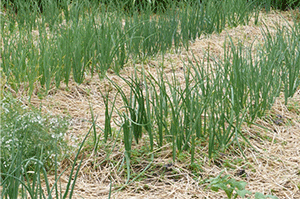
In Pots
Make a tiny hole for each onion in a container filled with potting mix.
After placing roughly half of the onion pieces in the holes with the root end facing downward, cover them with soil.
To prevent the onions from displacing, water them carefully.
Step 5
Care for Your Onions
Moisture is essential and onions should be watered frequently, particularly during dry periods. Maintain hydrating levels that will keep the soil damp but not waterlogged. Routine weeding operations are recommended since Onions are a type of plant with shallow root systems which will often be over taken by weeds for moisture or nutrients.
Fertilizing during the growing period is of great significance. When crops are growing, a balanced fertilizer can be applied every few weeks or a slow-release fertilizer can be used as per the directions on the packaging. This helps to encourage more vigorous growth and larger bulbs.
Harvesting
The yellowing of the onion tops is the best indication that they’re ready for harvest and this usually happens in late summer or early fall depending on when the onions were planted. Onion bulbs should be gently lifted from the ground, cleaned from any excessive soil in the process, and then placed in a dry and dark space for several weeks. This procedure improves the onion’s taste and durability.
